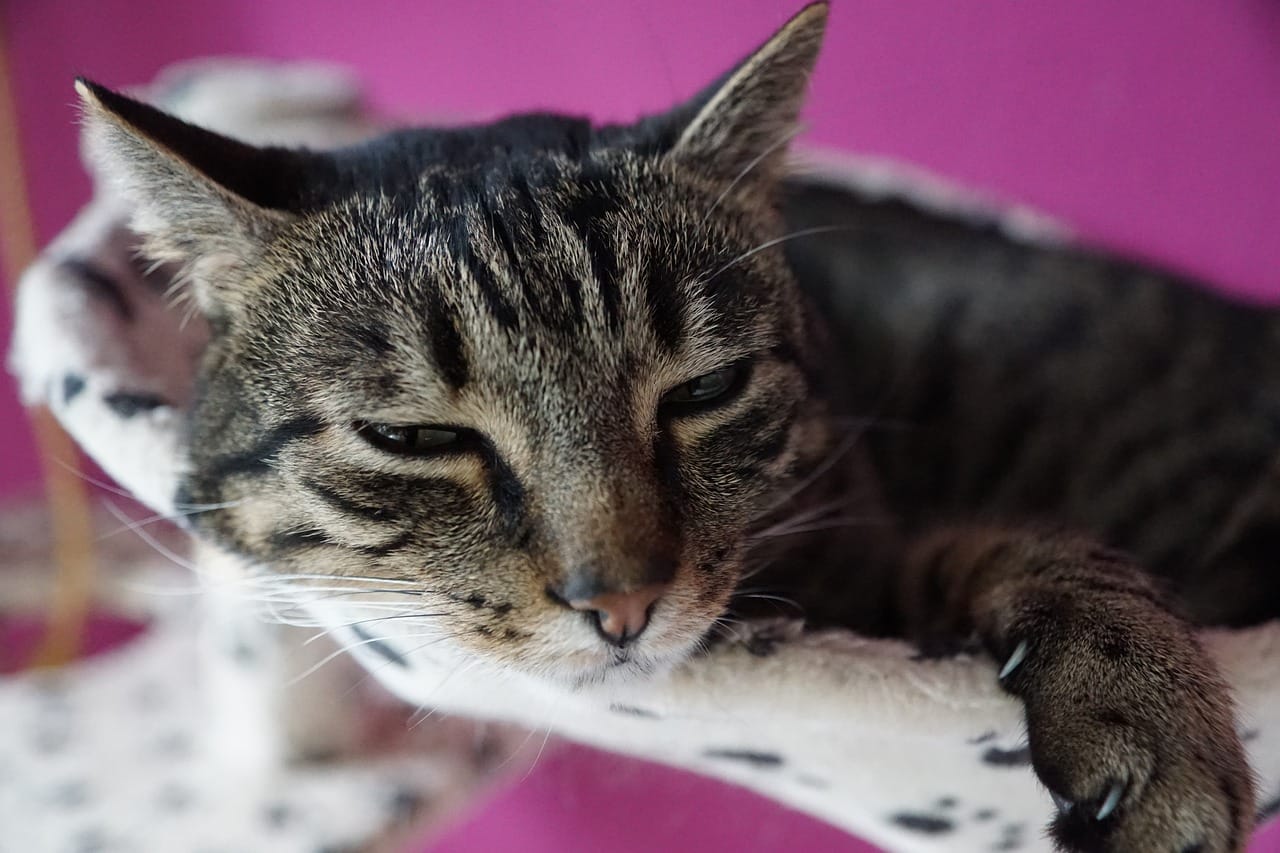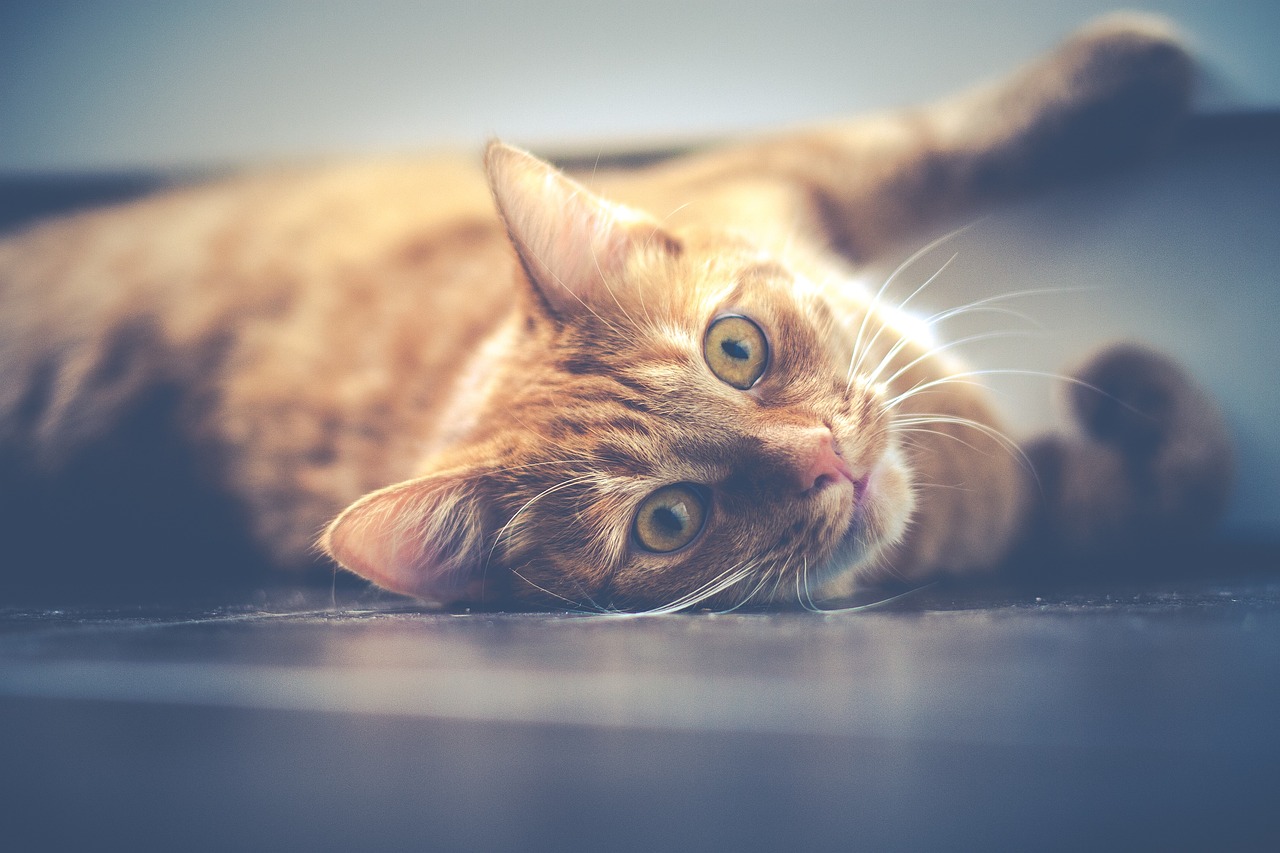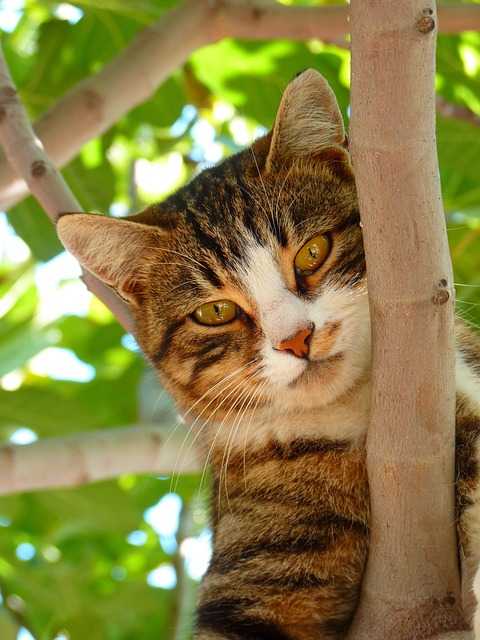Cat neutering, also known as spaying (for females) and castration (for males), is a common surgical procedure recommended by veterinarians for various reasons. This comprehensive guide aims to provide detailed insights into the reasons for neutering, the procedure itself, recovery, potential complications, associated costs, and the importance of keeping unneutered cats safe
Why Cat Neutering Matters
- Population Control: One of the primary reasons for cat neutering is to control the feline population. Cats reproduce rapidly, and the overpopulation of stray and feral cats can lead to numerous issues, including overcrowding in shelters and increased risk of diseases.
- Behavioral Benefits: Neutering can help reduce undesirable behaviors in cats, such as spraying urine to mark territory, roaming, aggression, and yowling during mating season.
- Health Benefits: Neutering can lower the risk of certain health problems in cats, including uterine infections (in females) and testicular cancer (in males).
- Prevention of Unwanted Pregnancies: Neutering prevents unwanted litters, which can result in numerous kittens without adequate homes and care.
- Promoting Responsible Pet Ownership: Neutering your cat is a responsible choice that contributes to better pet welfare and reduces the burden on animal shelters and rescues.
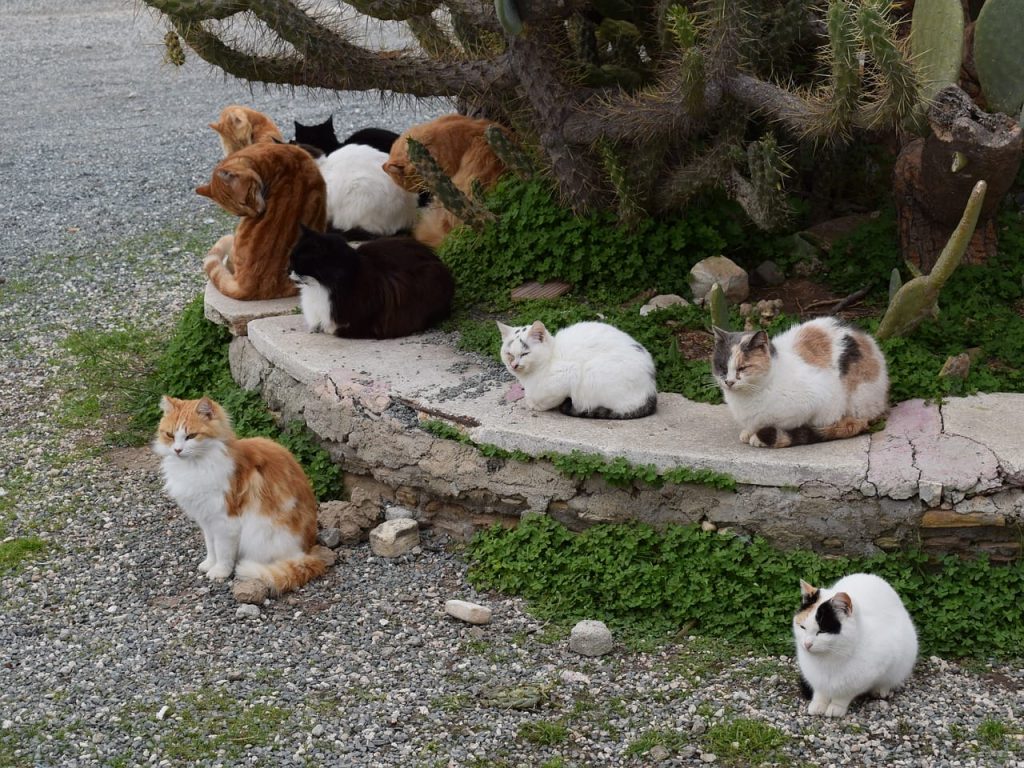
When to Have Your Cat Neutered
While traditional wisdom once dictated waiting until a kitten reached sexual maturity, modern veterinary guidance recommends early-age sterilization. This approach not only prevents unplanned pregnancies but also offers health and behavioral benefits that persist throughout a cat’s life.
The ideal time to neuter a cat varies depending on factors such as gender, breed, and overall health. In general, veterinarians recommend neutering cats at around four to six months of age. However, some may suggest earlier or later neutering based on individual circumstances. It’s essential to consult with your veterinarian to determine the most appropriate timing for your cat.
Preparing for Cat Sterilization
Preparation is key to a successful sterilization procedure. Pet owners should schedule appointments in advance, ensure their cat’s environment is conducive to recovery, and address any concerns or questions with their veterinarian. By taking these steps, owners can help minimize stress and ensure a smooth surgical experience for their feline companions.
What Will Happen To My Cat ?
The neutering procedure involves surgical removal of the reproductive organs under general anesthesia. For female cats, spaying involves removing the ovaries and uterus, while for male cats, castration involves removing the testes. The surgery is performed by a qualified veterinarian in a sterile environment, typically at a veterinary clinic or hospital.
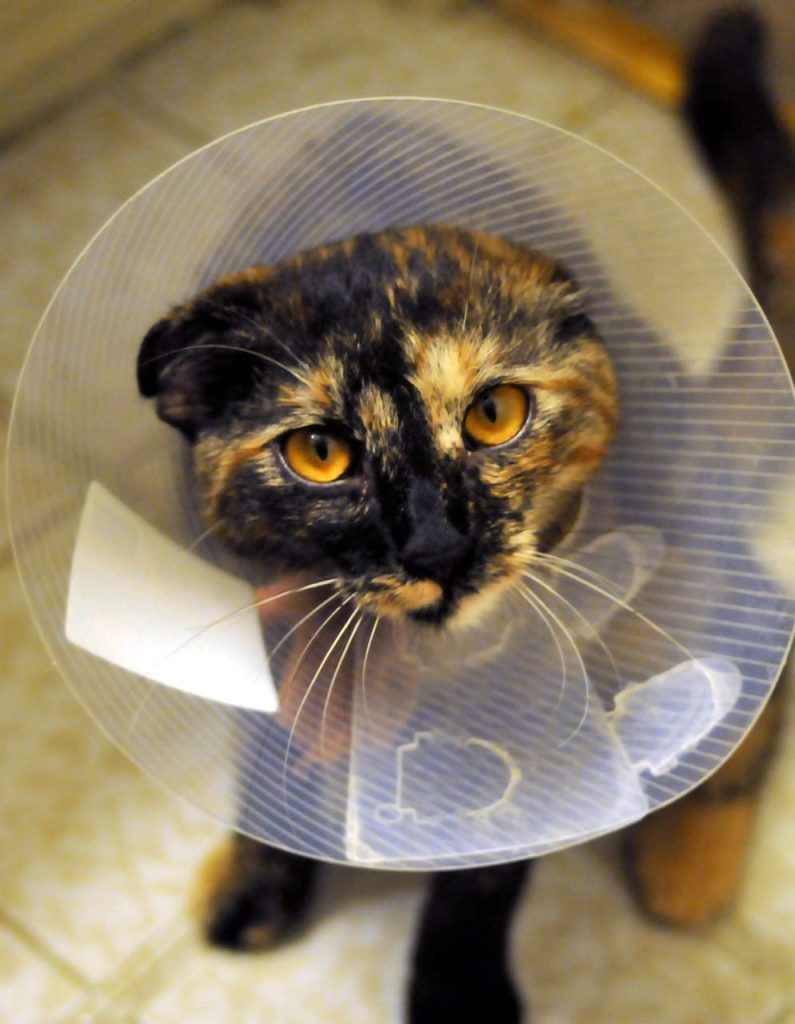
During the procedure:
- Your cat will be administered anesthesia to ensure they are unconscious and pain-free during the surgery.
- The veterinarian will make a small incision in the abdomen or scrotum, depending on the gender, to access the reproductive organs.
- The ovaries and uterus (in females) or testes (in males) will be carefully removed.
- The incision will be closed with sutures or surgical glue.

Recovery, Home Care, and Check-ups
After the surgery, it’s essential to provide proper care and monitoring during the recovery period. Here are some essential tips for post-operative care:
- Provide a comfortable and quiet space for your cat to rest.
- Monitor the incision site for any signs of infection, such as redness, swelling, or discharge.
- Prevent your cat from licking or biting the incision by using an Elizabethan collar.
- Administer any prescribed medications, such as pain relievers or antibiotics, as instructed by your veterinarian.
- Limit your cat’s activity during the recovery period to prevent injury.
- Follow your veterinarian’s instructions regarding feeding and water intake.

Your cat will need to return to the veterinarian for a follow-up examination to ensure proper healing. During these check-ups, the veterinarian will assess the incision site, remove sutures if necessary, and address any concerns or complications.
Complications of Neutering
While neutering is a routine procedure, complications can occur, although they are rare. Some potential complications include:
- Infection at the surgical site
- Excessive bleeding
- Reaction to anesthesia
- Delayed wound healing
- Development of a seroma or hematoma
It’s essential to contact your veterinarian immediately if you notice any signs of complications, such as excessive swelling, discharge, or behavioral changes in your cat.
Cat Neutering Cost
The cost of neutering a cat can vary depending on factors such as the location, veterinary clinic/hospital, the age and health of the cat, and any additional services provided. On average, the cost of neutering a cat ranges from $50 to $200. Some organizations and shelters may offer low-cost or subsidized neutering services to promote responsible pet ownership and population control.
While the cost of cat sterilization varies, it’s essential for pet owners to understand the financial implications. From the surgery itself to potential additional expenses, such as pain medication or post-operative care, budgeting for sterilization ensures that cats receive the care they need without financial strain.
Keeping Unneutered Cats Safe
Keeping unneutered cats safe is crucial for their health and well-being. Here are some tips to help protect unneutered cats:
- Keep unneutered cats indoors to prevent them from roaming and potentially mating with other cats.
- Provide proper identification, such as microchipping and collar tags, in case your cat gets lost.
- Supervise outdoor activities to reduce the risk of accidents, injuries, or encounters with other animals.
- Spay or neuter your cat as soon as possible to prevent unwanted pregnancies and reduce the risk of certain health issues.
- Educate yourself and others about the importance of neutering and responsible pet ownership to help create a safer and healthier environment for cats.
Addressing Concerns and Myths
Myths About Cat Neutering:
- Myth: Neutering will make my cat fat and lazy.
- Fact: Neutering may slightly decrease a cat’s metabolic rate, but weight gain is more commonly associated with overfeeding and lack of exercise. With proper diet and exercise, neutered cats can maintain a healthy weight and remain active.
- Myth: Neutering will change my cat’s personality.
- Fact: Neutering can reduce certain behaviors associated with mating instincts, such as roaming, urine spraying, and aggression, but it does not fundamentally alter a cat’s personality. Cats may become calmer and more affectionate after neutering.
- Myth: Neutering is only necessary for outdoor cats.
- Fact: Neutering is recommended for all cats, regardless of whether they are indoor or outdoor pets. Indoor cats can still exhibit mating behaviors, and preventing unwanted pregnancies is essential for responsible pet ownership.
- Myth: Neutering is painful and cruel.
- Fact: Neutering is a routine surgical procedure performed under general anesthesia by qualified veterinarians. While there may be some discomfort during the recovery period, proper pain management is provided, and the long-term benefits of neutering outweigh any temporary discomfort.
- Myth: Neutering is expensive and unaffordable.
- Fact: While there may be initial costs associated with neutering, such as the surgery itself and post-operative care, there are often low-cost options available through shelters, rescue organizations, and veterinary clinics. Additionally, the long-term benefits of neutering, including reduced healthcare costs and behavioral issues, can outweigh the initial investment.
- Myth: Neutering should only be done after my cat has had a litter of kittens.
- Fact: Allowing a cat to have a litter before neutering is unnecessary and can contribute to the overpopulation of cats. Neutering before the first heat cycle (around four to six months of age) is recommended to prevent unwanted pregnancies and provide optimal health benefits.
Conclusion
Cat neutering is a beneficial procedure that offers numerous advantages for both cats and their owners. From controlling the feline population to promoting better health and behavior, neutering plays a vital role in responsible pet ownership. By understanding the reasons for neutering, the procedure itself, and proper post-operative care, cat owners can ensure the well-being and safety of their feline companions while contributing to a more compassionate and sustainable community for cats.

